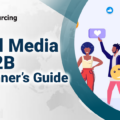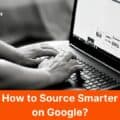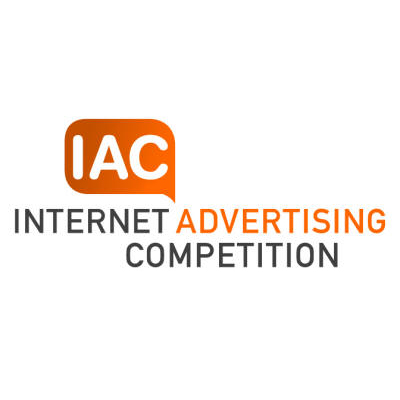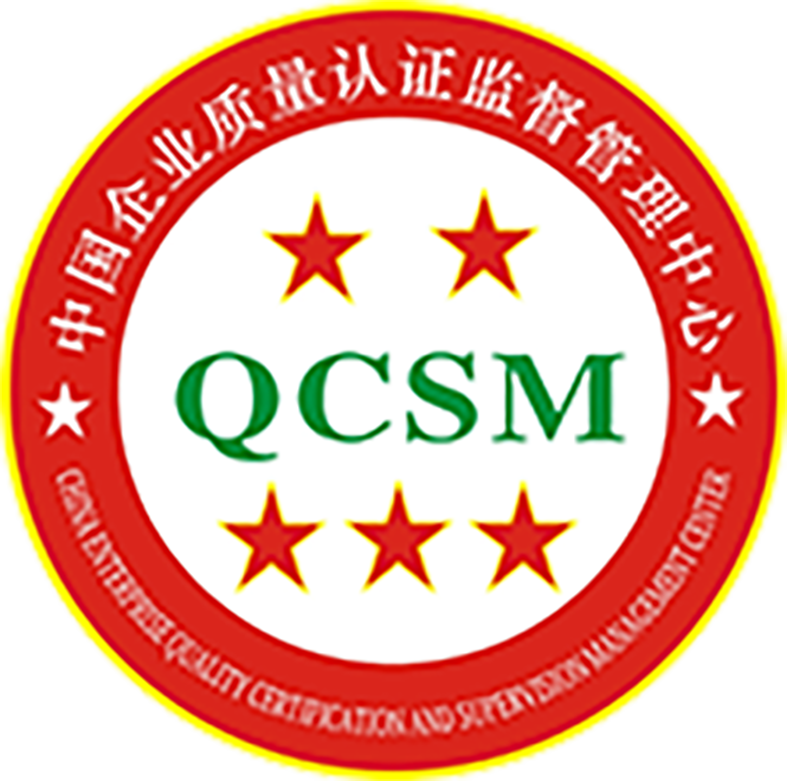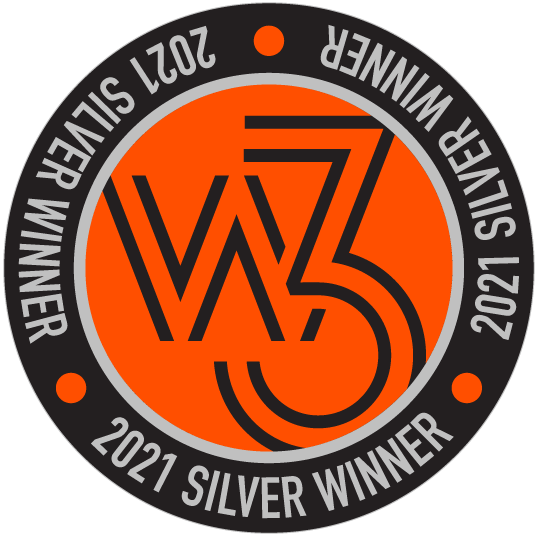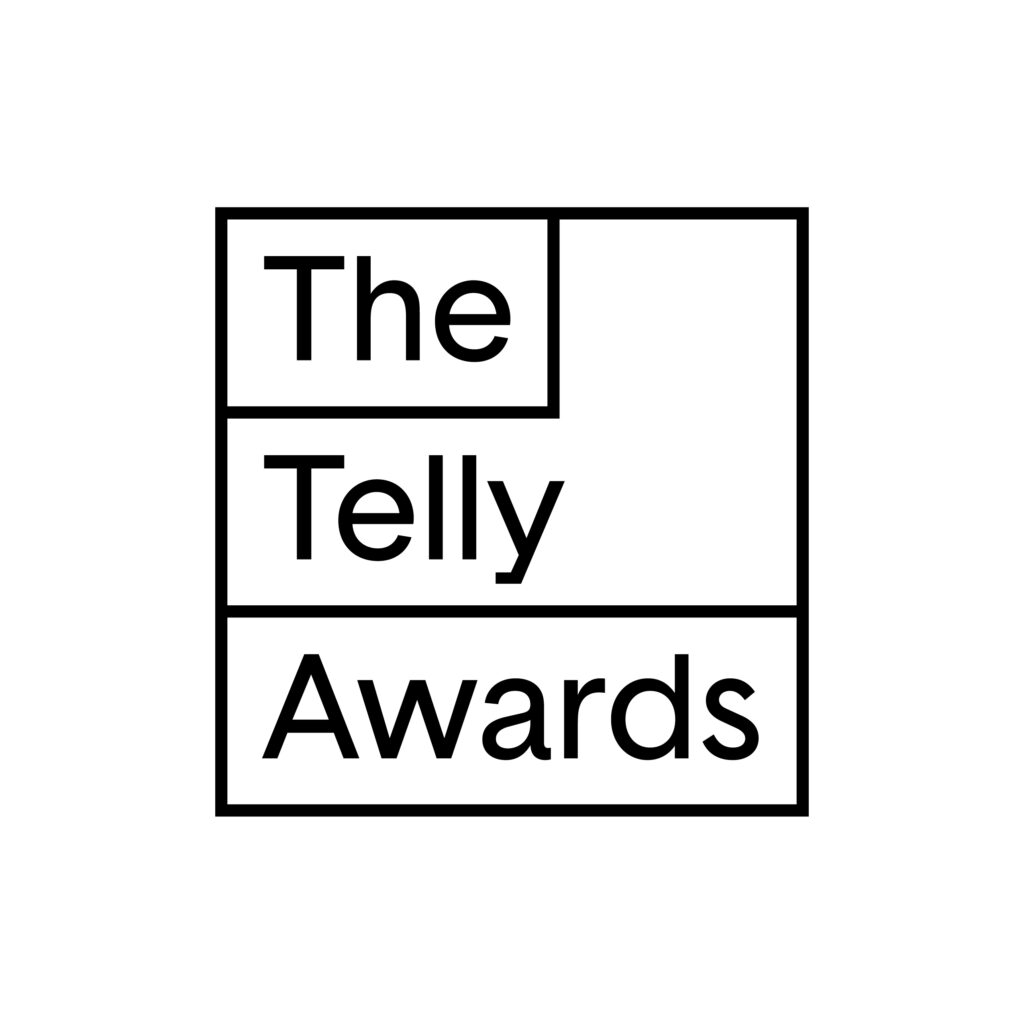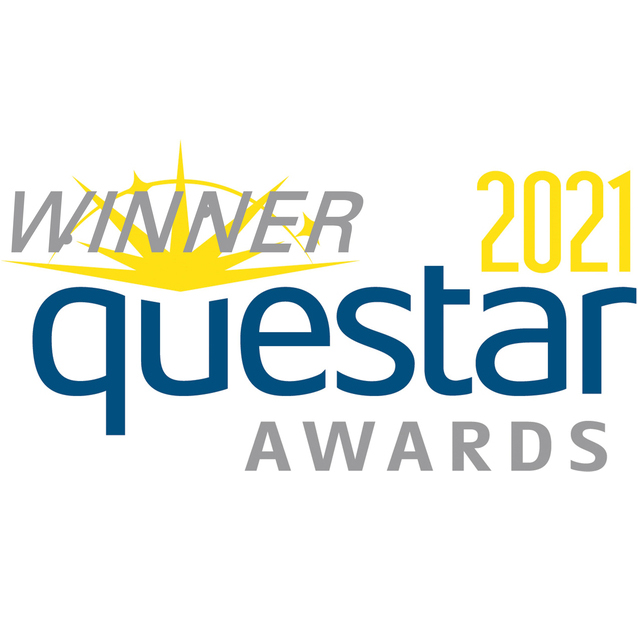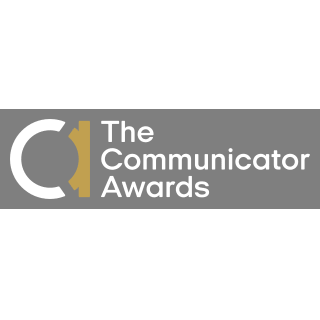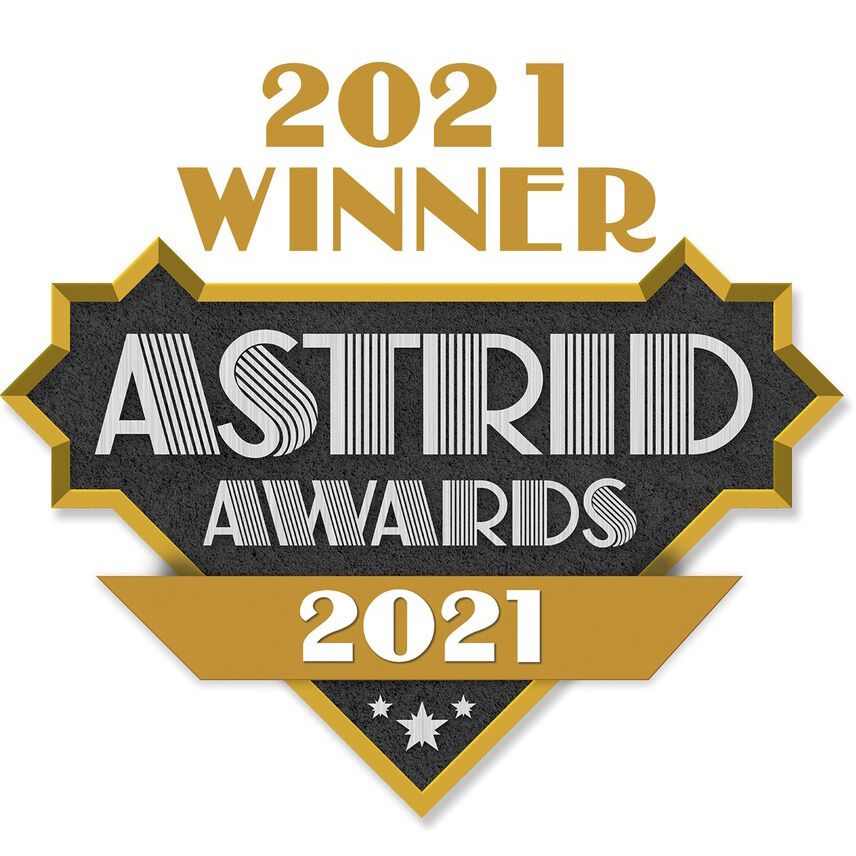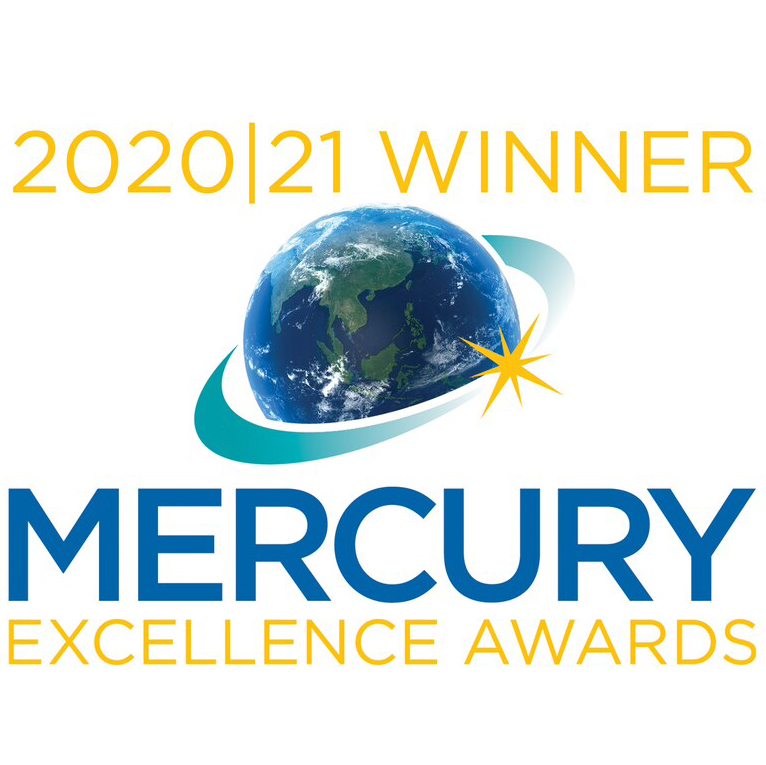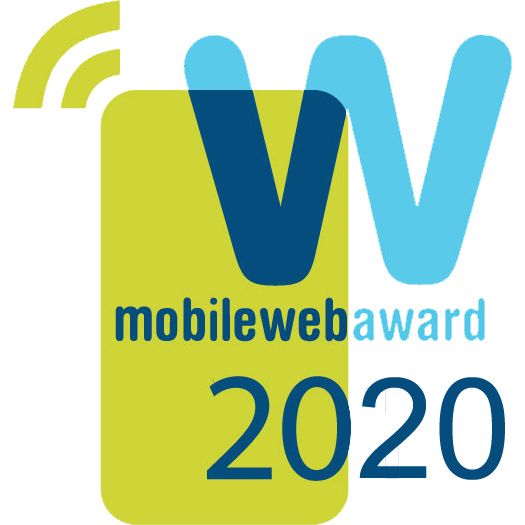In recent years, whether in Hong Kong or overseas, you may have noticed an increasing number of text-only posts with coloured backgrounds on Facebook timelines. The article links are often placed in the comments section (as shown in the image below):
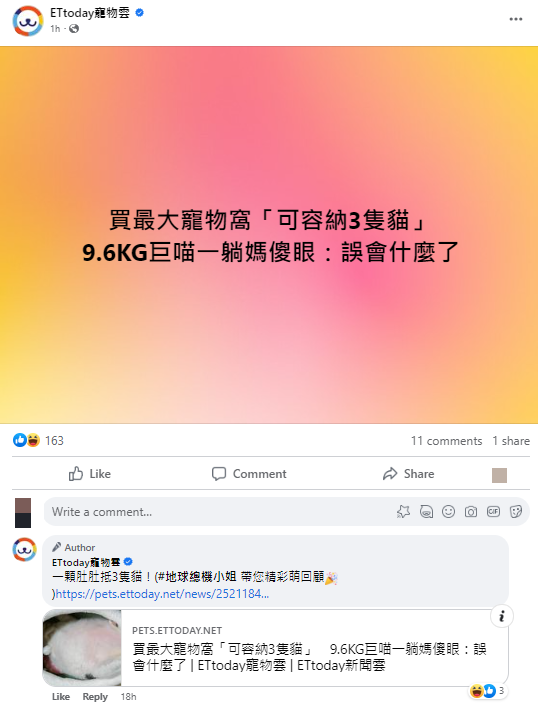
Moreover, this phenomenon is predominantly observed among major media pages with a significant number of followers. This has piqued our curiosity, prompting us to experiment with this post format on MORE’s Facebook page. In this article, we will share our test results and examine whether text-only posts (Status) are currently favoured by Facebook’s algorithm.
Testing Facebook Post Formats
Between August and mid-September, there are 4 posts available for comparison, including 2 link posts and 2 pure text posts.
Below are the visuals of these 4 posts:
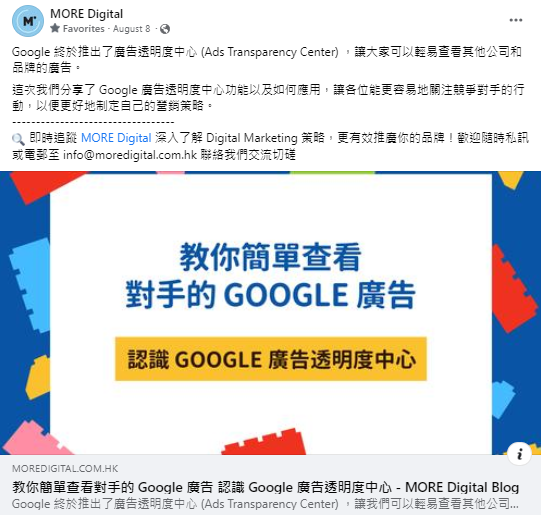
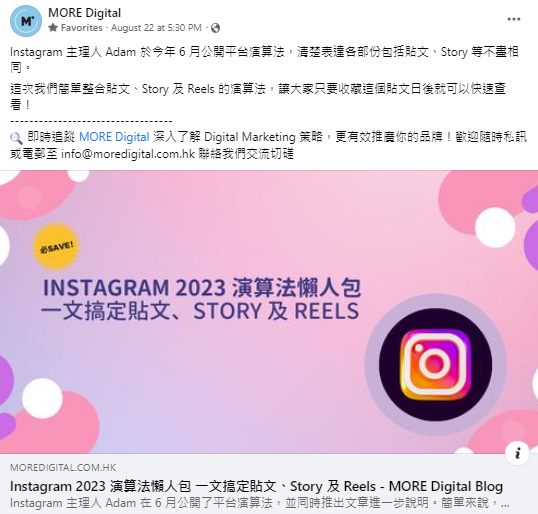

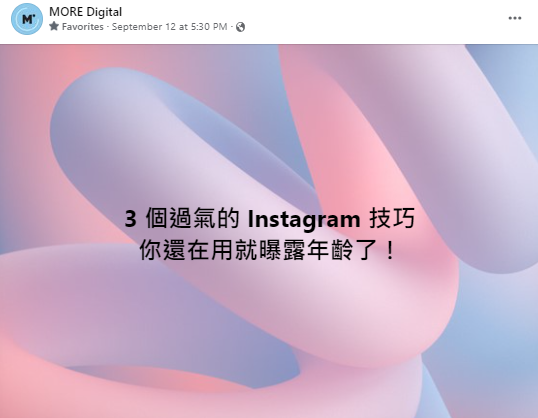
For the pure text posts, we placed the article links in the comments section.
Facebook Test Results - Reach, Engagement, and Article Views
Below, we have compiled the data for the 4 posts (as of September 15):
Post | Organic Reach | Organic Engagement | Engagement Rate | Article Views (From Facebook) |
A (Link Post) | 210 | 28 | 13.3% | 25 |
B (Link Post) | 213 | 25 | 11.7% | 20 |
C (Text Post) | 3,019 | 448 | 14.8% | 112 |
D (Text Post) | 4,806 | 2,348 | 48.9% | 723 |
If we look at the above numbers, the organic reach of pure text posts is 14 times higher than link posts.
However, in terms of engagement rate, except for Post D, which had higher engagement due to its user-interest content, there is no significant difference between link posts and pure text posts.
Although the engagement rate doesn’t show a notable difference, our primary goal in publishing posts is to drive users to our website and read our articles. Due to the difference in reach between the two types, even though pure text posts place the article links in the comments, they still generate significantly more article views than link posts.
Of course, these numbers can be influenced by the attractiveness of the content, whether there are other trending topics at the time, and other factors. However, the performance data between the two types of posts shows a significant difference. This can be understood as the influence of the algorithm and also explains why media pages tend to include pure text posts after a few other types of posts.
Why Don't Media Pages Convert All Their Posts to Pure Text?
The followings are some estimated reasons:
- Limitations in expression: Some news items are better understood or more appealing with visuals such as images or videos.
- Promotion restrictions: Pure text posts, even if they can be promoted, may have different display formats from what people are accustomed to seeing on pages.
- Inconsistent with brand image: It’s unlikely that anyone would find pure text posts visually appealing.
- Pure text posts are more suitable for juicy or gossip-related topics, while people tend to prefer detailed and direct reporting for more serious news.
Furthermore, the underperformance of link posts is not a recent phenomenon. Many media pages currently rely mainly on image or video posts and include the article links in the text or comment sections.

Our Conclusion
In addition to media pages, we have recently observed non-media entities, including shopping mall membership programs, using this type of post format. However, we believe that this post format is relatively challenging to align with brand image. While occasional use may be acceptable, we do not recommend using pure text format for all posts.
Just imagine, if Facebook were filled with this type of post format, would you visit Facebook less frequently? For a platform like Facebook, which is experiencing a decline in user engagement, if the algorithm continues to give more exposure to this type of post, it will likely accelerate the platform’s decline.
Learn More:
Marketing Dilemma: Is It Time to Give Up Facebook?
What are your thoughts on this post format? Have you tried this format and obtained similar results to ours? Leave a comment and let us know!
This article is originally published by MORE Digital:

MORE Digital Limited
MORE Digital is a Hong Kong-based Digital Marketing Agency. Our clients include real estate developers, media organisations, utilities, record companies, and more. In addition to the examples mentioned above, we have also helped various clients establish and grow their Instagram accounts to achieve various goals. If you encounter any challenges in your marketing efforts, feel free to reach out to us via our website or on Instagram (@moredigitalhk) for a direct conversation.






